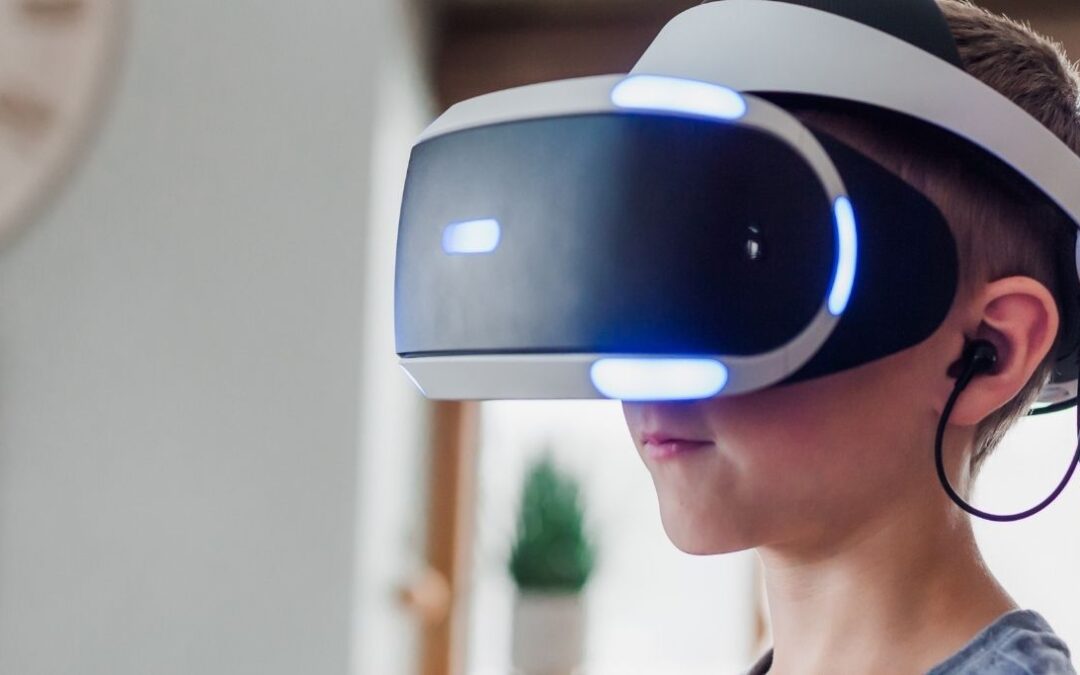SKYLECT and Dyslexia
October Is Dyslexia Awareness Month
As the National Institute of Neurological Disorders and Stroke refers, “Dyslexia is a brain-based type of learning disability that specifically impairs a person’s ability to read.”
Dyslexia is a common learning difficulty that can cause problems with reading, writing, and spelling. It’s a specific learning difficulty, which means it causes problems with certain abilities used for learning, such as reading and writing. Unlike a learning disability, intelligence isn’t affected.
As we are in the National Dyslexia Awareness Month 2021, let us give a chance to support students grappling with dyslexia, while bringing awareness to others in the community about its effects on the student population.
How to help students with Dyslexia
As most scientists refer, some of the ways of helping students with dyslexia are the following:
- Multi-sensory instruction in decoding skills
- Repetition and review of skills
- The intensity of intervention
- Small group or individual instruction
- Teaching decoding skills
- Drilling sight words
- Teaching comprehension strategies, to help kids derive meaning from what they’re reading
- Listening to audio books as an alternative to reading
- Typing on a computer or tablet instead of writing
- Apps that can make learning fun by turning decoding into a game
Can VR help Dyslectic Students?
For the students with a learning disability, there aren’t enough technologies that help them in the learning process. The challenges that students with dyslexia face are that they find difficulties in processing and remembering information, so they need extra effort and time to learn especially when learning the basics like alphabets. Virtual reality VR is one of the latest techniques in both education and entertainment which proved its effectiveness. It motivates the students to learn, interact and make the learning processes more productive. It has been revealed that the proposed application of VR has successfully supported students learning in general, and students with dyslexia specifically.
Unlike paper textbooks, VR technology can customize layouts, font styles and sizes, and background colors according to the needs of the dyslexic student. Dyslexic students are smart in many areas but often get distracted by unnecessary details in study materials. If this happens, they encounter more difficulty in decoding words. Font faces and spacing can also affect a dyslexic’s reading experience, making the format of the study material important to their learning.
SKYLECT proposes a new revolutionary tool, called ‘Experiences’, which will fit perfectly for dyslectic students. ‘Experiences’ gives the opportunity to the user to join an interactive, gamified, groundbreaking learning session and explore a brand new world of emotions. This would lead to improving a student’s confidence and ability to take in, memorize, and repeat information which can all lend to better comprehension and application of school-based knowledge.

